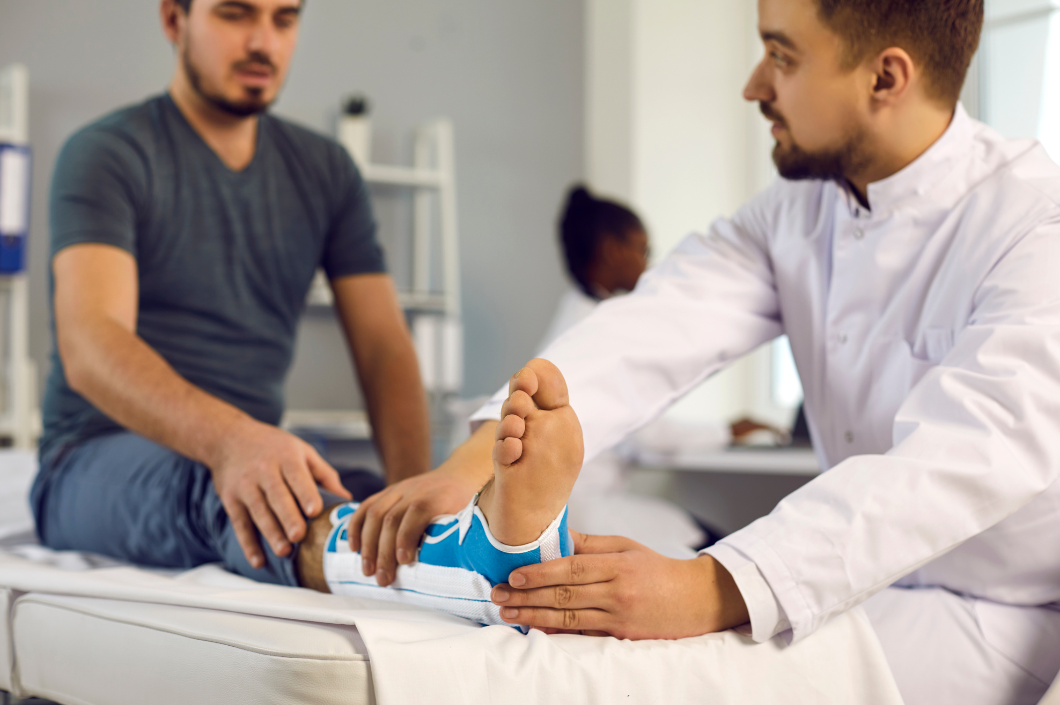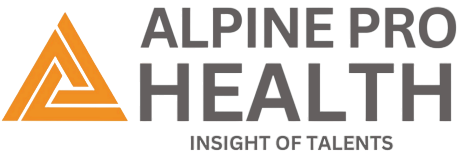Fracture treatment coding in ICD-10-CM is a crucial aspect of medical coding that ensures proper reimbursement, accurate patient records, and compliance with healthcare regulations. Understanding the nuances of coding for fractures helps medical coders, physicians, and healthcare facilities maintain precise documentation. This comprehensive guide explores the essential principles, classification, and best practices for accurate fracture coding.
Understanding ICD-10-CM Fracture Coding
ICD-10-CM (International Classification of Diseases, 10th Revision, Clinical Modification) provides a structured approach to coding fractures, considering factors such as location, laterality, type, and healing status. The coding process involves selecting the most specific code that accurately represents the diagnosis and treatment provided.
Key Factors in Fracture Coding
When assigning an ICD-10-CM code for a fracture, consider the following elements:
- Anatomical Site – The specific bone and part of the bone affected.
- Laterality – Identifying whether the fracture is on the left or right side.
- Fracture Type – Classifying the fracture as open, closed, displaced, or nondisplaced.
- Fracture Pattern – Including transverse, oblique, spiral, comminuted, greenstick, or segmental fractures.
- Encounter Type – Determining whether the code is for an initial, subsequent, or sequela encounter.
- Healing Status – Indicating normal healing, delayed healing, nonunion, or malunion.
- External Cause Codes – Adding supplementary codes to explain the mechanism of injury.
Classification of Fracture Codes in ICD-10-CM
ICD-10-CM categorizes fractures using alphanumeric codes under the “S” section (injuries to the musculoskeletal system). Some key categories include:
- S42 – Fractures of the shoulder and upper arm
- S52 – Fractures of the forearm
- S72 – Fractures of the femur
- S82 – Fractures of the lower leg, including the ankle
- S92 – Fractures of the foot and toes
Each primary category expands into more specific subcategories based on the fracture type and location.
Example of ICD-10-CM Code Breakdown
Consider a case where a patient sustains a closed displaced fracture of the right femoral shaft with routine healing. The appropriate code would be S72.351A:
- S72 – Fracture of the femur
- 3 – Shaft of the femur
- 5 – Displaced fracture
- 1 – Right side
- A – Initial encounter for closed fracture
Best Practices for Accurate Fracture Coding
1. Review Clinical Documentation
Thoroughly examine physician notes to capture all necessary details, including fracture type, laterality, and treatment approach.
2. Identify the Encounter Type
ICD-10-CM differentiates between:
- Initial encounter (A, B, C): Active treatment phase, including surgery and emergency care.
- Subsequent encounter (D, G, K, P): Follow-up visits based on healing status.
- Sequela encounter (S): Complications or residual effects from a prior fracture.
3. Use Combination Codes When Applicable
Some fractures may involve associated conditions, such as osteoporosis or stress fractures. In such cases, combination codes offer a more comprehensive representation.
4. Incorporate External Cause Codes
External cause codes (V, W, X, Y categories) explain the cause of injury, such as falls, motor vehicle accidents, or sports injuries. Though not mandatory, they provide valuable insights into injury patterns and preventive measures.
5. Avoid Common Coding Errors
- Misidentifying laterality: Ensure correct designation of left or right side.
- Confusing open vs. closed fractures: Use physician documentation to determine whether the skin was compromised.
- Incorrect sequencing of codes: The primary diagnosis should be the main fracture site.
ICD-10-CM Guidelines for Specific Fracture Types
1. Pathological Fractures
Fractures due to underlying conditions like osteoporosis are coded using M80 (osteoporotic fractures) or M84 (pathological fractures), depending on whether trauma was involved.
2. Stress Fractures
Stress fractures from repetitive stress or overuse are assigned codes in the M84.3 series, with additional codes indicating the affected bone.
3. Greenstick and Torus Fractures
Common in pediatric patients, greenstick fractures involve partial breaks, while torus fractures involve bone buckling. These are coded under their respective anatomical locations.
4. Nonunion and Malunion
If a fracture fails to heal properly, use subsequent encounter codes for:
- Delayed healing (G)
- Nonunion (K)
- Malunion (P)
Role of Medical Coders in Fracture Coding Accuracy
Medical coders play a vital role in ensuring accurate documentation and compliance. Best practices include:
- Staying updated with ICD-10-CM coding changes and guidelines.
- Utilizing coding software and reference manuals for verification.
- Communicating with physicians for clarification on unclear documentation.
- Conducting regular audits to minimize claim denials and compliance risks.
Conclusion
Mastering Fracture Treatment coding in ICD-10-CM requires a strong understanding of fracture classification, encounter types, and proper documentation. By following best practices, coders can ensure accurate coding, improve reimbursement efficiency, and maintain compliance with regulatory standards. As coding guidelines continue to evolve, ongoing education and attention to detail will be essential for success in fracture treatment coding.


